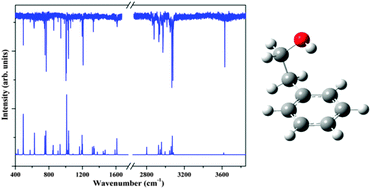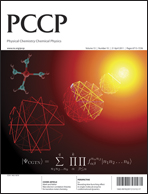The approach of studying structural and dynamical properties of flexible molecules is of substantial interest, as it allows decoding the shapes and intrinsic properties of isolated molecular constituents, which have an influence on the selectivity and functionality in biological processes. Combining quantum computation methods with double resonance or infrared hole burning techniques, mainly covering hydride stretch vibrations, recently led to great progress in understanding the structure of a variety of biological building blocks. Measurements of spectra in the lower frequency range, with relatively compact and convenient laser sources, still pose major challenges. For this reason, the method of ionization-loss stimulated Raman spectroscopy (ILSRS) has been developed and applied for monitoring the spectral features of the 2-phenylethanol prototype. The bands observed in the Raman spectra of its two conformers uniquely identify their structures and are in accord with anharmonic results obtained by density functional theory calculations. These findings point to future opportunities for ILSRS as a powerful conformational probe and set new standards for detailed interrogation of structure and intra- and inter-molecular interactions.

You have access to this article
 Please wait while we load your content...
Something went wrong. Try again?
Please wait while we load your content...
Something went wrong. Try again?


 Please wait while we load your content...
Please wait while we load your content...